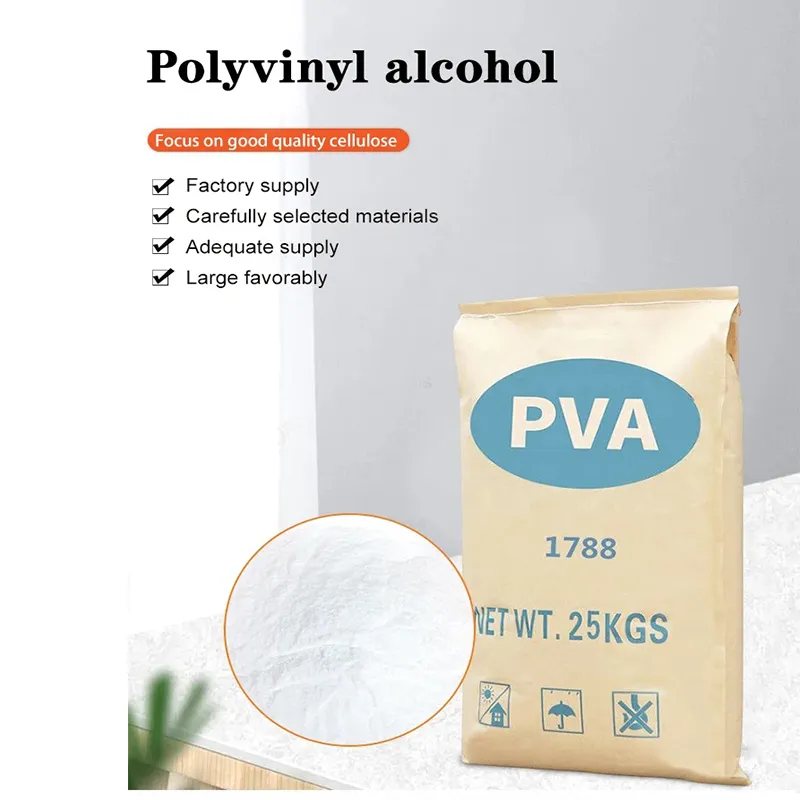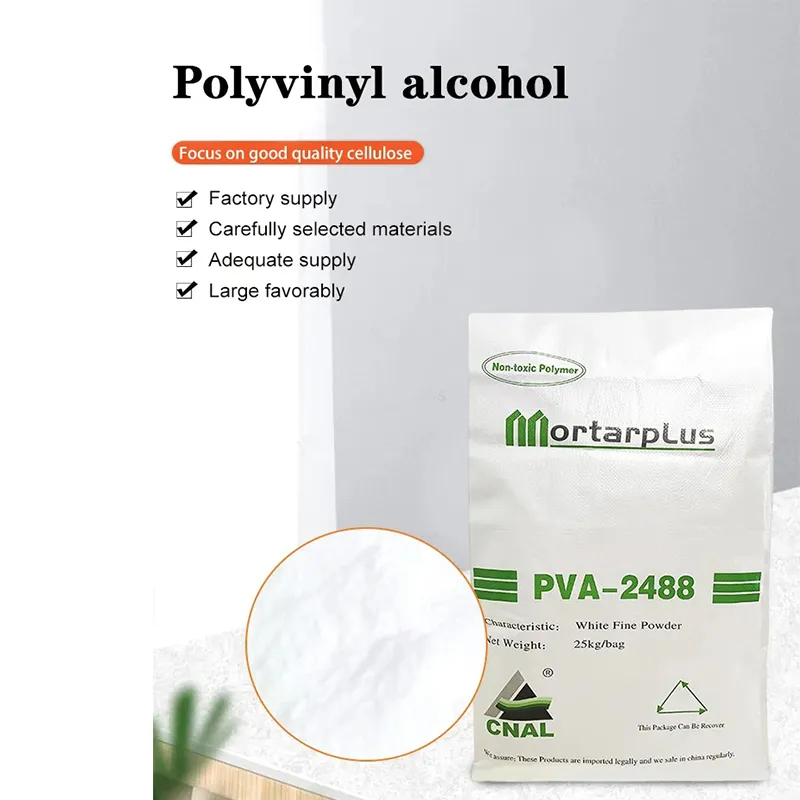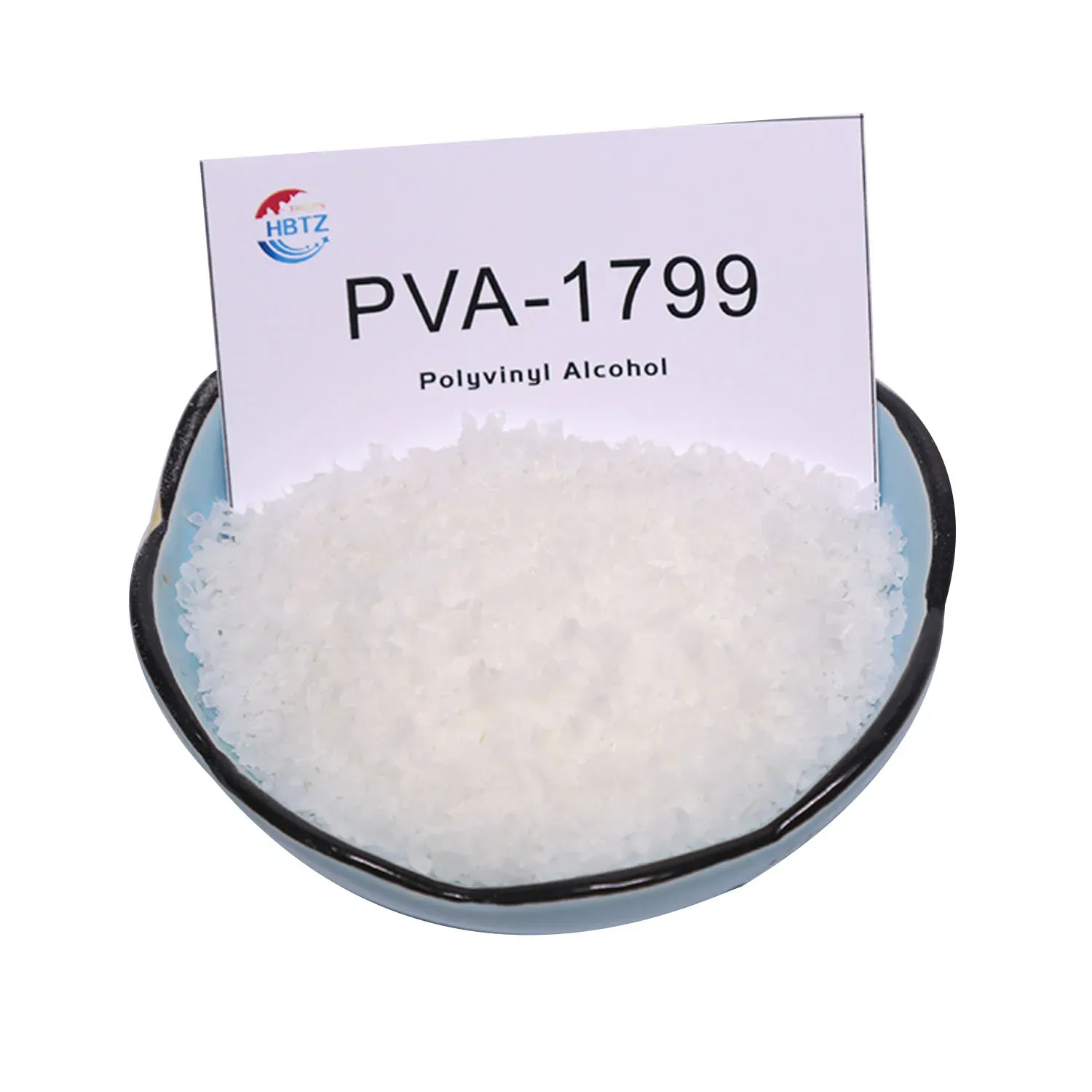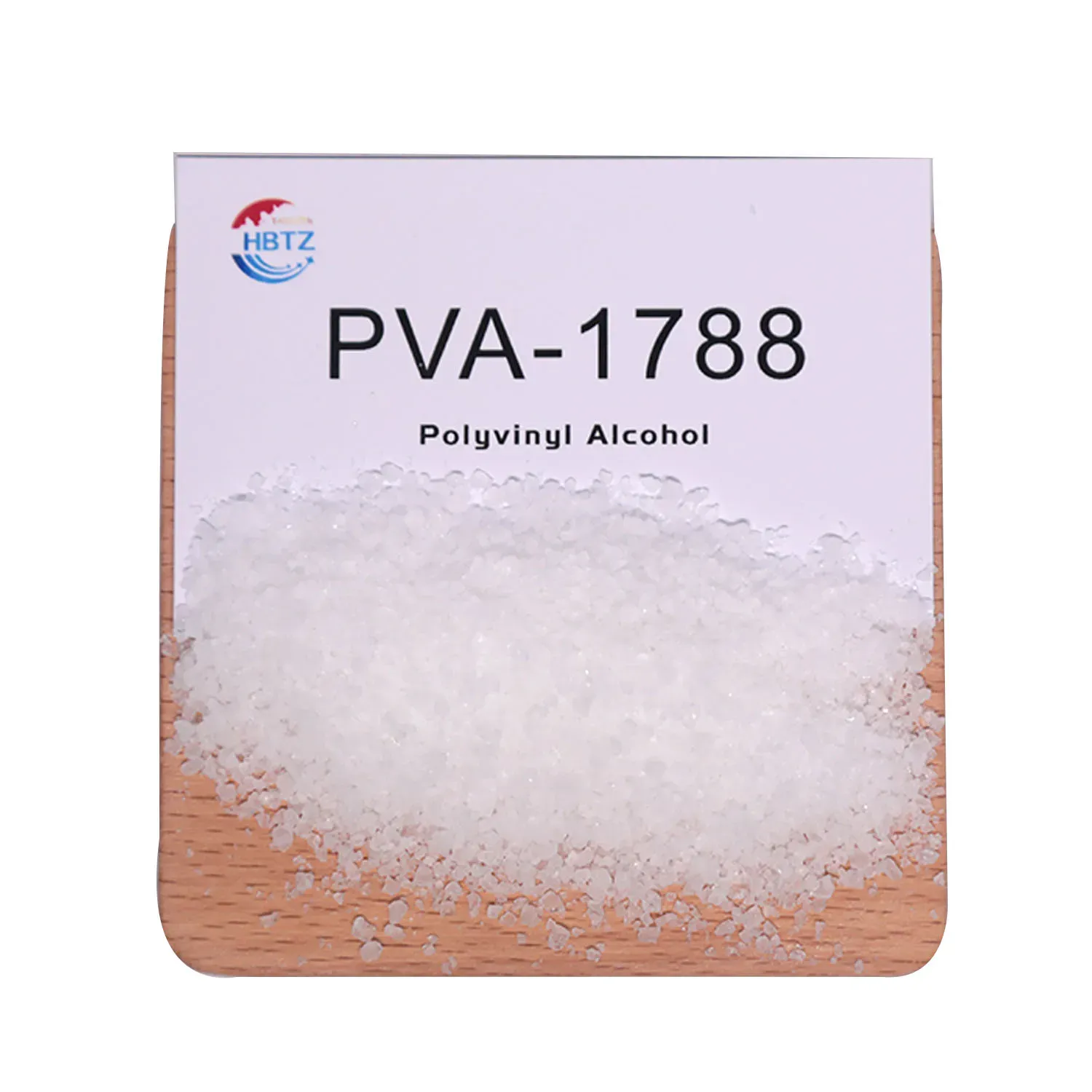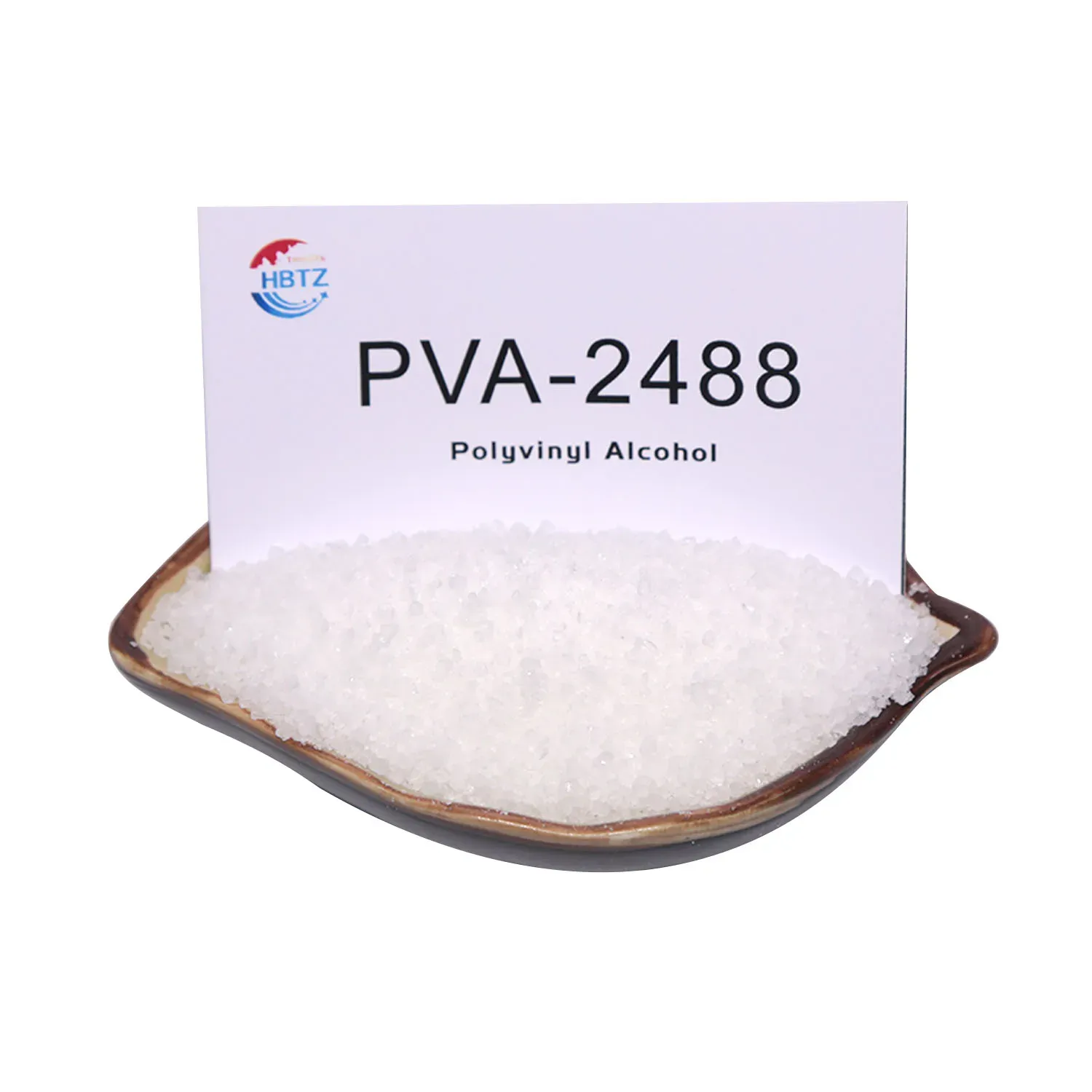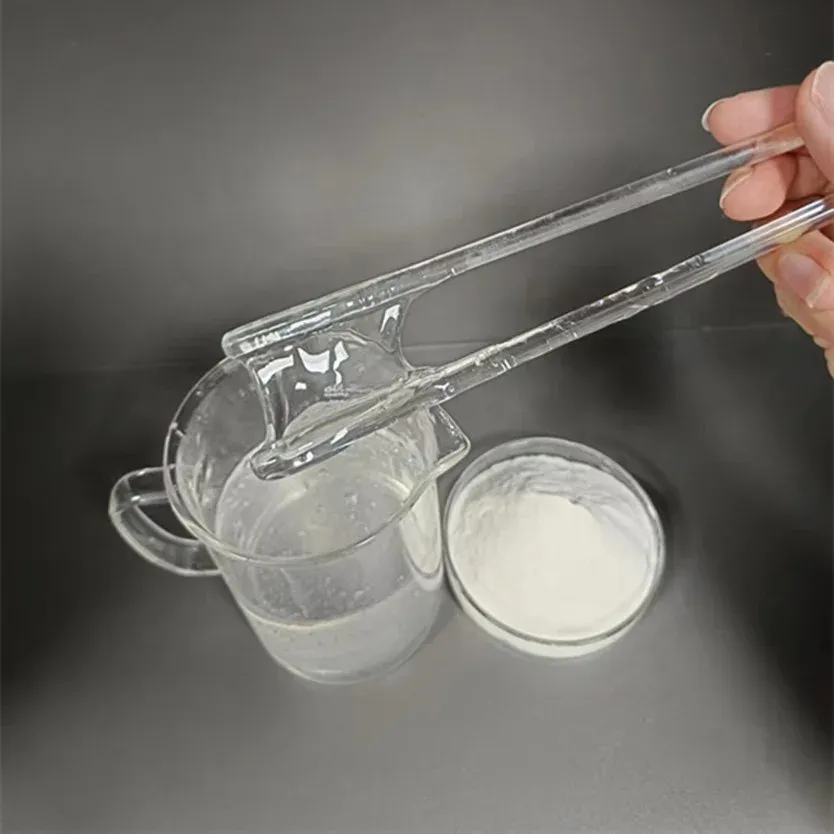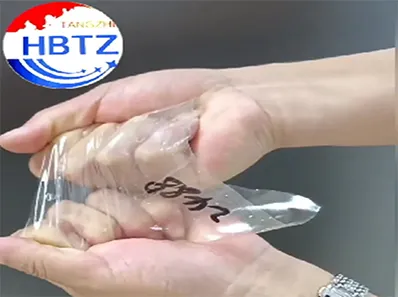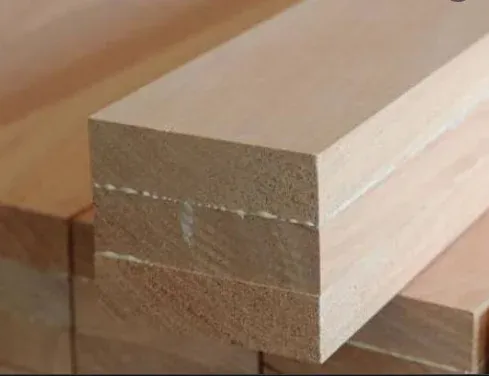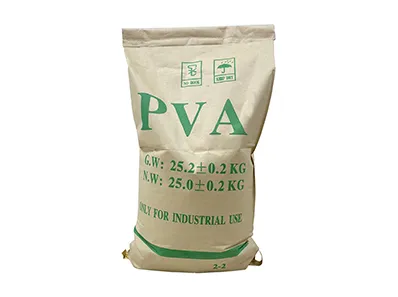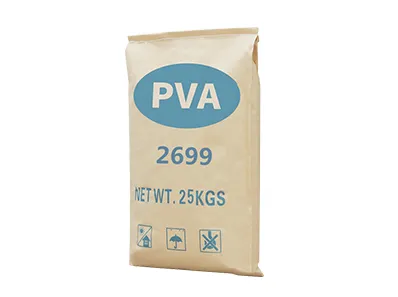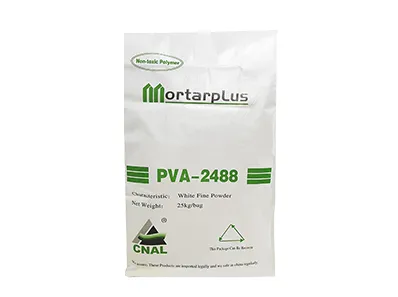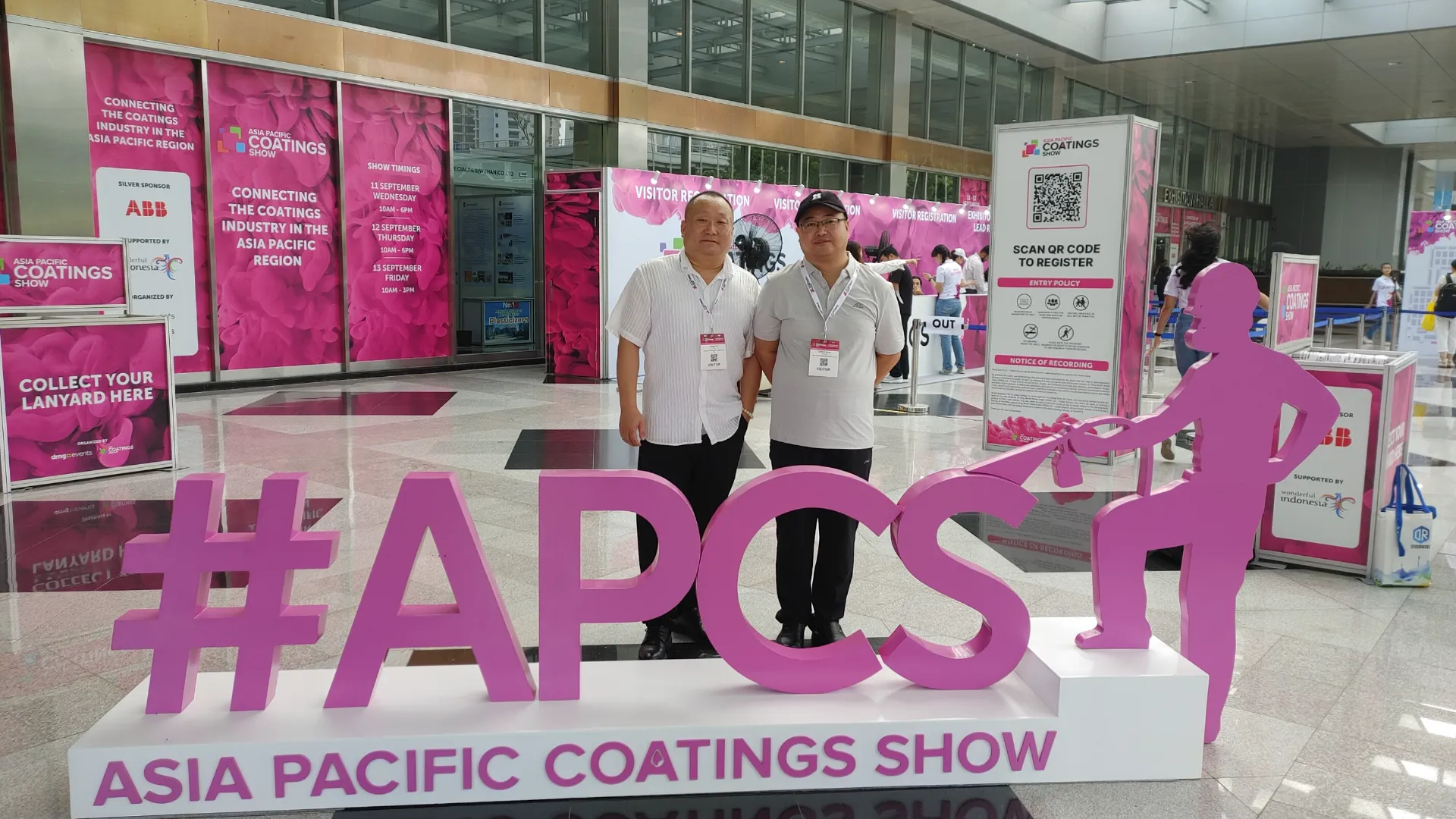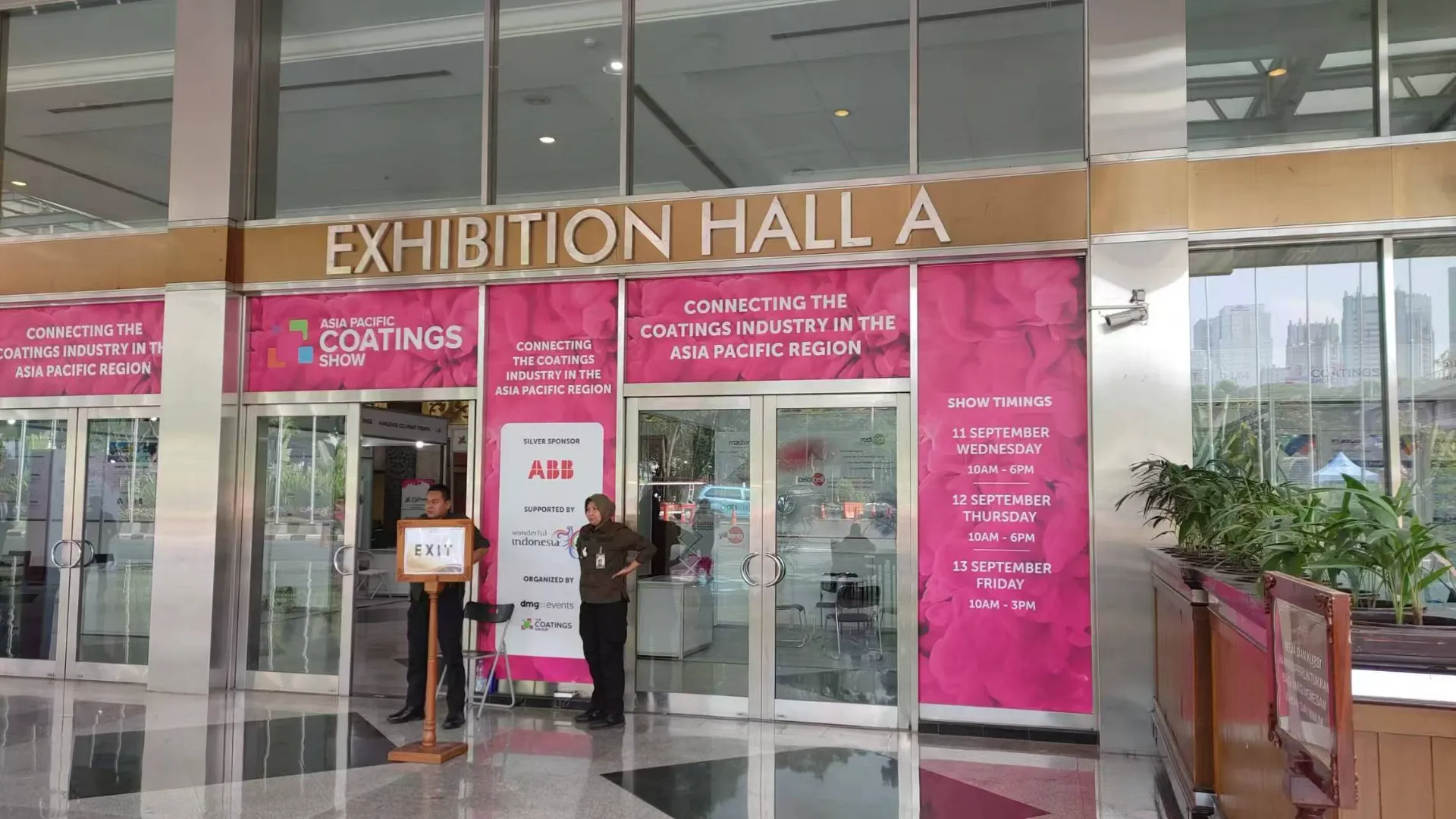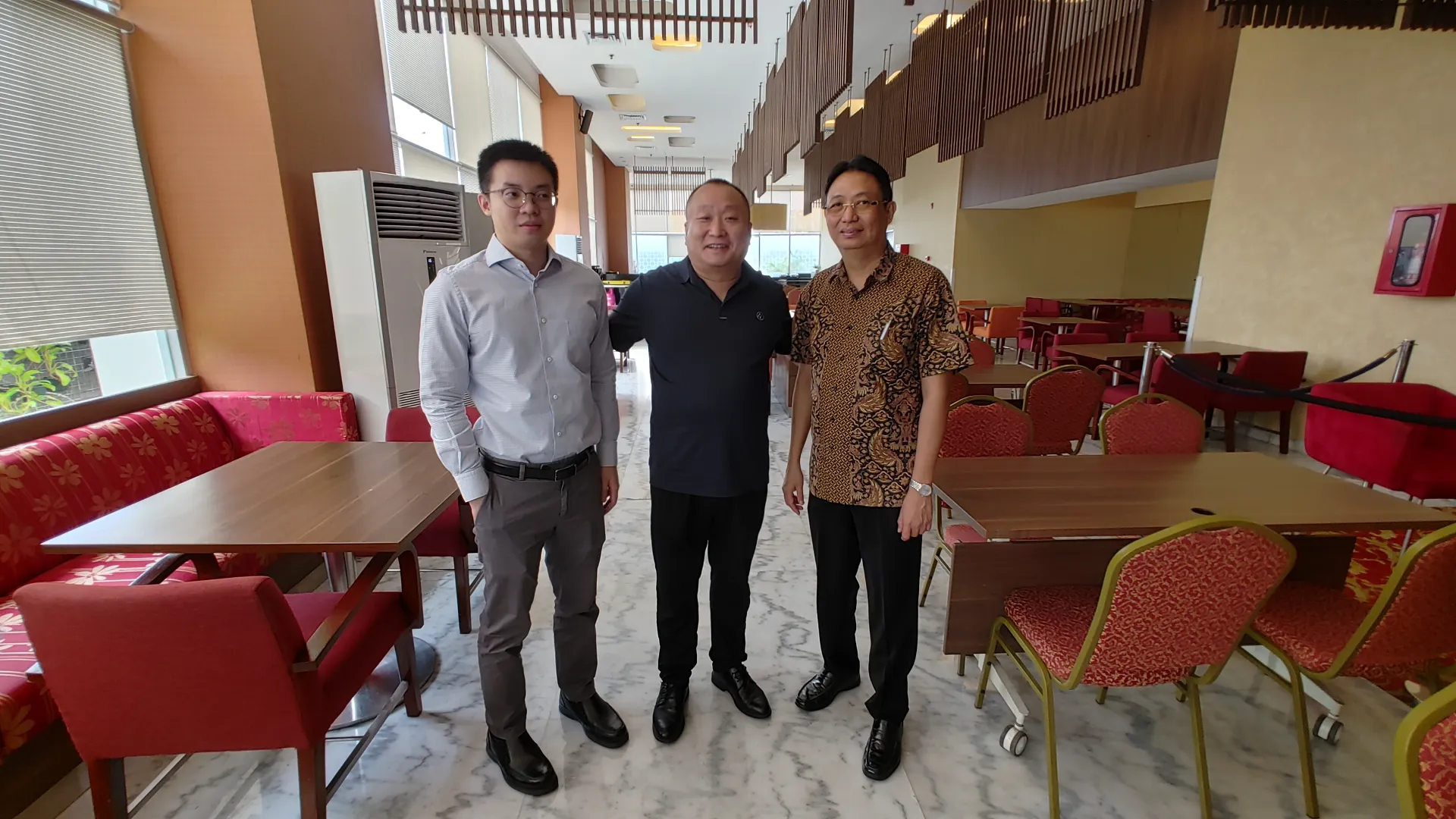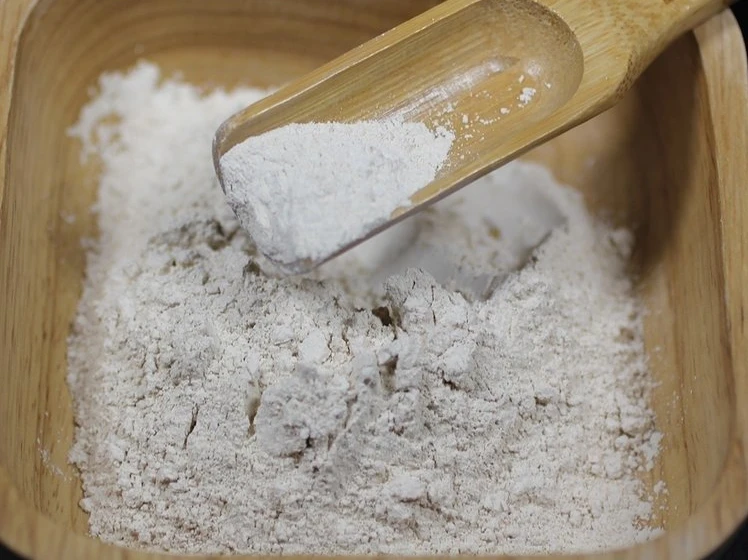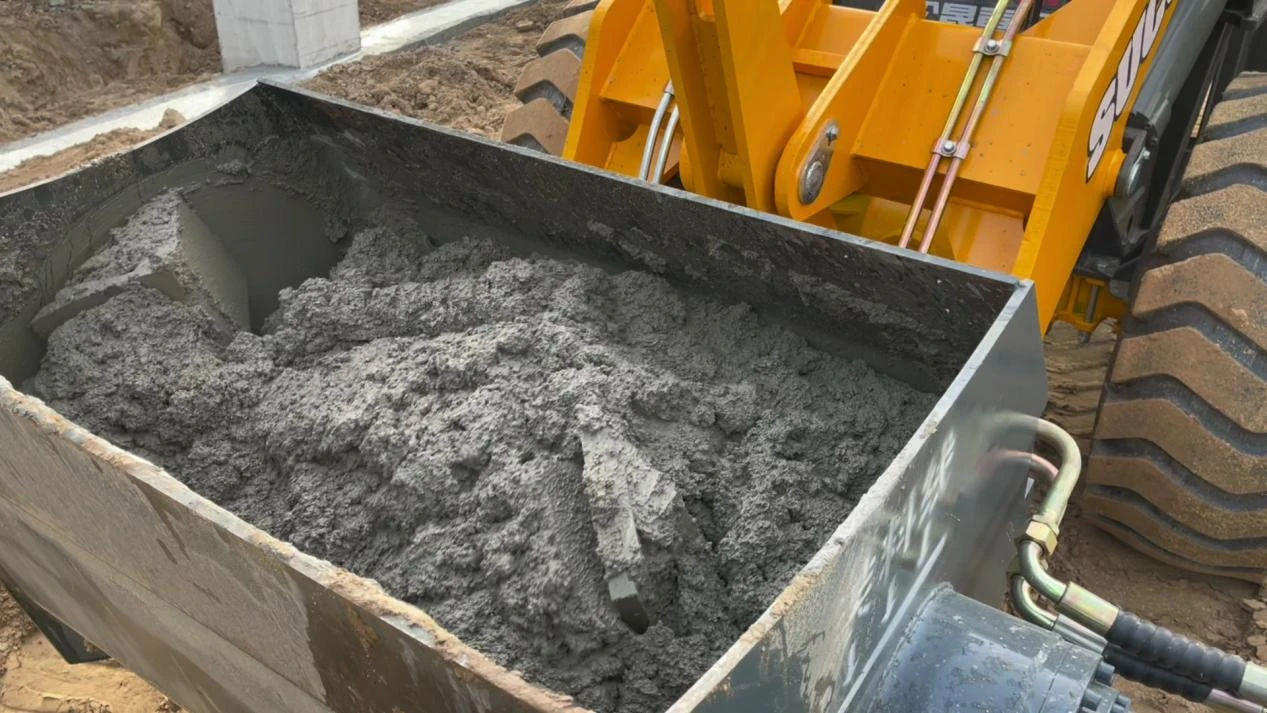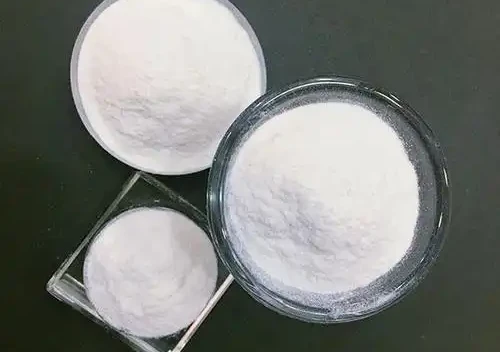Polyviny Alcohol (PVA)

It is a kind of white or yellowish granule or powder with a wide range of water-soluble and environment-friendly macromolecular polymers. Its performance is between plastic and rubber. Smoothness, oil resistance, solvent resistance, protective colloid, gas barrier, abrasion resistance and thermal stability.
|
Item |
Range(2488) |
|
Alcoholysis degree |
87.0-89.0 Mole(%) |
|
viscosity |
44.1-55.9 mpa.s |
|
Volatile(%) |
≤5.0 Wt.(%) |
|
Ash (%) |
≤0.5 % |
|
PH |
5-7 |
|
Purity |
≥93.5 % |
|
Mean degree of polymerization(DP) |
2400-2500 |
|
Sodium Acetate % |
2.8max |
1.Good thickening effect
In surfactant, it has good thickening property
2.Good film formation
Can improve flexibility, flex resistance and stretch resistance of products.
3.Good bonding
It can be used in the product tohave a good bonding effect
-
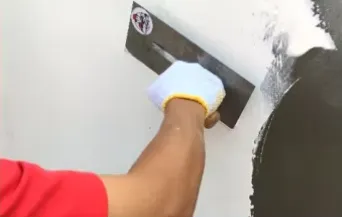 01PVA for Gray Calcium Base Putty
01PVA for Gray Calcium Base PuttyA very small amount of addition can significantly improve the cohesive strength, adhesion, and water resistance of the putty coating, reduce the amount of lime-calcium powder, and significantly improve the phenomenon of delamination and scarring during grinding,improve the surface fineness after putty polishing.
-
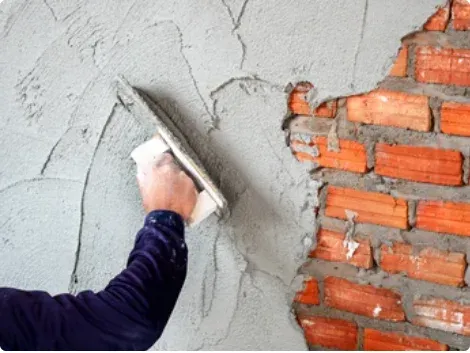 02PVA for Cement-Based Exterior Wall Putty
02PVA for Cement-Based Exterior Wall Puttyimprove the cement setting speed, improve the early strength of putty, good film formation, excellent durability and it is not easy to remove powder when the batch is thin.
-
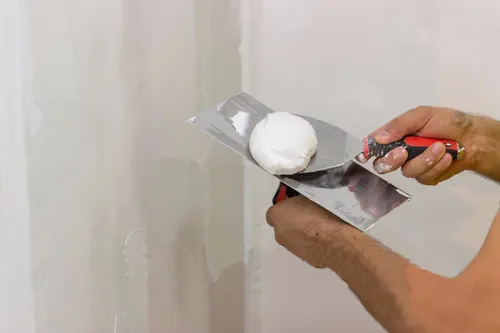 03PVA for Polishing Putty
03PVA for Polishing PuttyIt can improve the surface film formation, make the coating surface denser, harder, brighter, more resistant to scrubbing,and has obvious effects
-
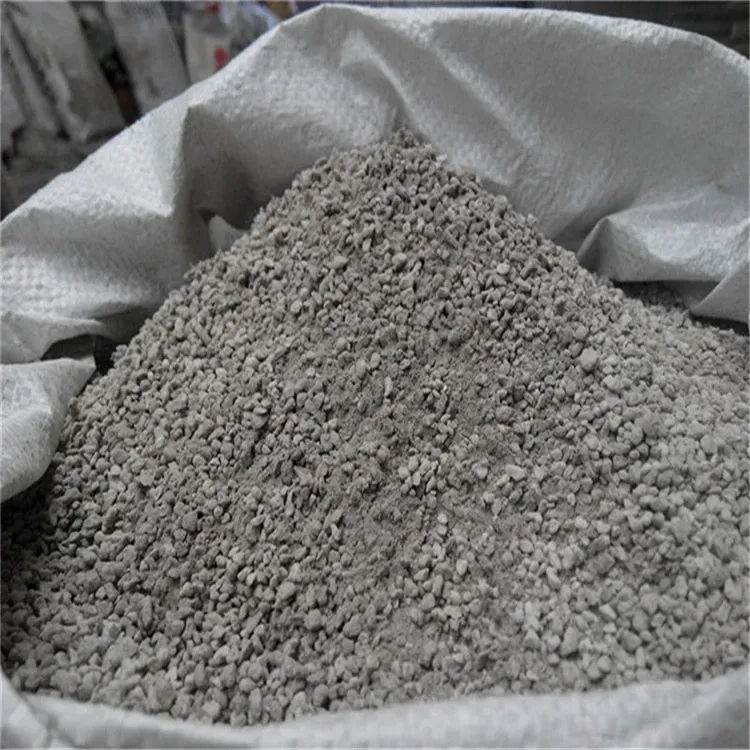 04PVA for Dry powder Mortar
04PVA for Dry powder MortarPolyvinyl alcohol powder has good film-forming properties. it can be used together with cellulose ether water.retaining agent to improve the flexibility and water-retention of various cement mortars and gypsum building materials, improve the bonding strength of mortar, and effectively prevent peeling, cracking, empty drum.
-
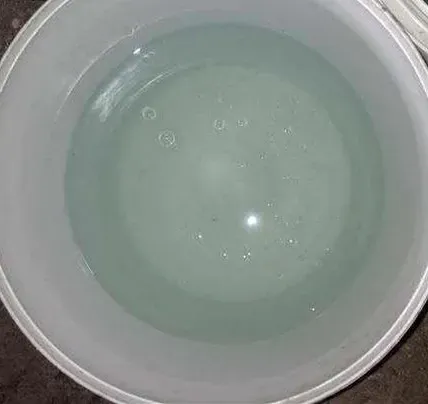 05PVA for Instant Glue
05PVA for Instant GlueIt is the main binder.It is combined with an appropriate amount of hydroxypropyl methyl cellulose, and then supplemented with an appropriate amount of thickening and complexing aids.A high-performance glue powder that can be leveled and can be batched separately without de-powdering.
The production process of polyvinyl alcohol mainly includes alcoholysis reaction, saponification reaction, neutralization, washing, separation and drying.
1.Alcoholysis reaction:
Using polyvinyl acetate as raw material, a semi-finished product with an alcoholysis degree of 80-92% and a particle size of 1-10 mm is prepared by alcoholysis reaction.
2.Saponification reaction:
Add the above semi-finished product to a sodium hydroxide solution with a concentration of 4-60 g/L, and stir and react at 0-20°C for 0.5 hours. The mass ratio of the semi-finished product to the alkali solution is 1:2-1:7.
3.Neutralization and washing:
After the reaction is completed, acetic acid is used to neutralize the residual alkali, and then washed with desalted water.
4.Separation and drying:
After washing, solid-liquid separation is carried out, and the solid is vacuum dried to obtain a high-purity polyvinyl alcohol with an alcoholysis degree of >92%. The sodium acetate content in the final product is less than 0.3%, and the volatile matter is less than 0.5%, which can be directly used in high-quality industries such as medicine and optical films.
This product is packed in multi-layer paper bags lined with polyethylene layer. Net weight 25KG.
Empty bags can be recycled or incinerated. Unopened packaging can be stored for several years. Open packaging can make the moisture content of this product affected by air humidity. Store in a cool, dry place away from sunlight. Avoid storage under pressure.
For information on product handling, shipping, and storage, see MSDS.


